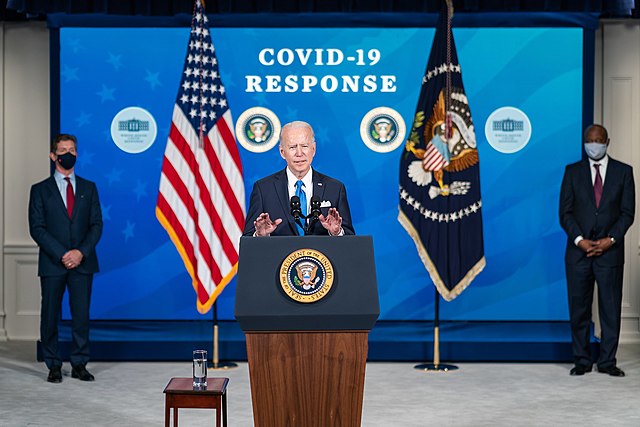
America’s Vaccine War
Fri, 23 Apr 2021 | Reading Time: 9 minutes

Photo Courtesy: White House
America’s Vaccine War
Among the first things that President Biden has done on assuming office is to invoke the Defense Production Act (DPA) 1950; a legislation that grants the President broad industrial-mobilization powers to bolster vaccine-making under the garb of helping American pharmaceutical companies to secure raw materials and equipment needed to make more vaccines. DPA is historically based on the War Powers Acts of World War II but enacted as a law during the Korean War. Over time the term national defense, as defined in the DPA was expanded and the scope of it goes beyond military preparedness and capabilities, and could now be used to enhance and support domestic preparedness, response, and recovery from natural hazards, terrorist attacks, and other national emergencies. In terms of this pandemic preparedness of the world and its impact on vaccine making, it implies that American exporters manufacturing those critical items must seek permission before exporting goods to other countries.
In mid-April this year, more than a year after human life worldwide has been paralysed by a viral infection that came out of a laboratory in China, global vaccine manufacturing capacity to check the disease hit a billion units. It was a historic achievement in the annals of scientific research. It appeared that this unprecedented capacity and with the availability of variants of vaccine, the reach of the pandemic could have actually have been controlled to make the world safer once again. However this lofty humanitarian ambition is at risk as the US President has ordered export controls on raw materials – 37 critical items and equipment that are necessary for manufacture of the vaccine. Manufacturing Vaccine requires an array of special materials approved by regulators to be used in medicine production like plastics, tubes, special glasses, filters and even paper used in its manufacture. Manufacturing substitutes, at this critical hour of these commonly available and of low value but critical components in the process, is near impossible. There is no doubt that the production lines not just in India will come to a halt in the coming weeks unless rescinds its order to America suppliers. On April 16th, Adar Poonawalla, CEO of Serum Institute of India (SII) put out a tweet addressed to President Joe Biden,
“Respected @POTUS, if we are to truly unite in beating this virus, on behalf of the vaccine industry outside the U.S., I humbly request you to lift the embargo of raw material exports out of the U.S. so that vaccine production can ramp up. Your administration has the details.”
The maximum manufacturing capacity in the world came from India’s homegrown pharma companies – SII manufacturing COVISHIELD (made under license from Oxford-AstraZeneca) and Bharat Biotech manufacturing COVAXIN (an indigenous vaccine made by India’s National Institute of Virology). Over the last year India’s vaccine manufacturing capacity has expanded not just to meet domestic needs but also that of poorer countries dependent on the world for their pharmaceutical needs. As of April 22, India had delivered 666.13 lakh doses to over 94 countries, mostly African and other third world countries, under Operation Maitri. India surprisingly never hesitated in responding to requests from poorer countries even as many within the country questioned the need for exporting vaccines when India itself has not fully recovered from the pandemic or vaccinated its population.
In the wake of the second wave, India has signed a deal with Russia to produce more than 750 million doses of Sputnik V in India, in collaboration with Dr Reddy’s Laboratories. Then there is also the proposed Quad Vaccine Initiative, under which India will manufacture US-developed vaccines – the ones from Novovax and Johnson & Johnson. As with all matters concerning America there are details in the fine print, which need to be agreed upon before manufacturing becomes a reality.
Response to AIDS: Another case study in the true nature of US Pharma companies
In 1981 a strange illness made its appearance in the US which destroyed immune cells leaving the body open to all infections which later came to be called as HIV/AIDS. Global deaths due to HIV/AIDS numbered anywhere between 33 to 42 Million deaths until 2019. Although today its origins, molecular biology and pathogenesis is well researched, the world is yet to find a cure for HIV/AIDS. However, the rate of new infections is falling and the virus’s kill factor has been largely controlled. People afflicted by the disease are able to lead healthy lives following a combination therapy breakthrough.
In the early stages the drugs were enormously expensive – sold internationally by US Pharma companies at around US $15,000 — per patient, per year. The patent-holders were pharmaceutical giants like GIaxoSmithKIine, Pfizer, Boehringer-Ingelheim and some others. Their prices were far beyond the reach of tens of millions of people living with HIV/AIDS most of whom belonged to the poorest parts of Asia, Africa and South America. For patients of the developed world, it was an accepted norm that drug manufacturers are entitled to a specified price in the open market, defined by them. It really didn’t matter that these prices may exceed the annual income of an entire family in the developing economies where the bulk of the patients were. Deaths due to AIDS were no news in the west where mass deaths never took place given better treatment. The few demonstrations seeking access to drugs in poorest countries were suppressed and went unnoticed. Thus, third world citizens had no option but to wait for their time to die, suffering until then. There was yet another fear in the West over allowing third world countries access to the drugs – they felt that easy and widespread access could cause the AIDS virus to mutate and become resistant, eventually inflicting damage on the West.
The truth is the actual sale price of the pill has little to do with what it costs to manufacture it. The key to pricing in medicines is the price of the active pharmaceutical ingredient. If you can manufacture that cheaply the product is cheap. But the drug industry like all others exists to make money from the market it services – the market of diseases and ailments. It seeks to maximise profits and revenues with scant regard to the mission of saving human lives. In the early 2000s the world’s biggest ten pharmaceutical companies on the Fortune 500 list made more profits combined than the remaining 490.
India’s tryst with cheaper medicines and outdated Patent laws
India changed its Patent laws so that the dependence on patented medicines from the West was reduced immediately bringing about a change in life expectancy in India. Under the colonial era Patents Act of 1911, items could be manufactured in India under license but couldn’t manufacture cheaper Indian alternatives. A case in point was the blocking of manufacture of Chlorpropamide via a process developed indigenously by an Indian company, Bengal Chemicals & Pharma Works. Even though the licensee Pfizer never held the patent for the product, it drew profits thanks to the Patents Act. To address such loopholes India’s 1970 Patents Act granted patents for “new processes instead of products” . Thus, homegrown companies could gain access to the domestic market to which only foreign MNCs had monopoly access. The path was to combine drugs and chemicals in different formulations and processes leading to adaptive research thus reducing the country’s dependence on foreign MNCs. Indian companies could thus manufacture hundreds of essential products which were earlier denied to the country. To address India’s burgeoning AIDS epidemic in the 1990s, the government approached Yusuf Hamied, CEO of CIPLA, to manufacture generic antiretrovirals. The turning point in the treatment of AIDS therapy arrived when CIPLA developed a revolutionary anti-HIV drug ‘cocktail’ of three component drugs – nevirapine, didanosine and zidovudine. Mr Hamied, on the request of the European Commission, made an offer to poor African countries and aid groups for $350 a year, prompting several major pharmaceuticals into battle mode because at less than a dollar a day it was nearly forty times cheaper. Fortunately, after the long-drawn out campaign that included derogatory ads against Indian Pharmaceutical companies, accusations of bad standards and fake drugs, the world today can be assured that one in three people living with HIV is alive because of the CIPLA cocktail.
Why the world needs a better policy this time around
Today more than half a billion vaccine doses have been administered worldwide of which three-quarters have been used by the world’s richest countries. In the face of the facts that American states have a surplus of vaccines, with a third going unused, American export restrictions are not just galling, they are a shroud to cover for the appetite of the pharmaceutical giants to make money from this humanitarian crisis. Distributing vaccine supplies globally without hindrance to the populations where they can do the most good is the most efficient way to bring herd immunity against this pandemic. Doing so would also speed up global economic recovery.
Today as we face this unprecedented crisis, leaders across the globe should strive for an equitable and widespread access to Covid-19 vaccination on several counts. First and foremost, it is the most moral thing one can do where every human life counts and fits in with the human values of charity, compassion and concern for fellow humans. America was at the forefront of drafting the UDHR 1948 and health is a basic fundamental human right and the notion of ‘one for all and all for one’ should unite mankind without differences of colour, country or religion. Unlike the argument used by the pharmaceutical giants to prevent access to AIDS drugs to poorer countries it must be realized that global coverage implies reaching global population immunity. We must remember that ‘none of us is safe until we all are’. More variants and mutant strains can lead to further outbreaks which will again put the health systems in a tizzy. The second wave is by a variant and has taxed medical capacities worldwide. In this era no nation can survive in Lockdown mode and global economic recovery is mandatory to prevent any other cycle of violence.
America’s Abdication of Superpowerdom
In the 1990s when the Cold war ended with the breakdown of the Soviet Union there was a sigh of relief and hope – that now differences could be resolved without recourse to violence through collaboration and cooperation. It was a triumph of the values of the West led by the US in philosophical, economic and moral terms. It was hoped that there would be a push for peace – for cooperation instead of conflict; where remedies to differences would be found in reason and good sense through consensus and measures for the common good of mankind. The euphoria lasted only for a few months as the Gulf Crisis set the tone for the future of international affairs. Use of force for national motives became more blatant than during the cold war. Since then apart from the trillions spent in the so-called war on terror in Afghanistan, Iraq, Libya and Syria, and elsewhere self – preservation and interest have been the norm . Trillions of dollars have been spent on the so called global war on terror, invading countries that posed no real threat until after being “ bombed back to the middle ages”. Nothing much seemed to have changed even in our neighborhood when you tell the ordinary Pakistani the American has fed billions of dollars into your country – they rightfully blink and ask to where is the money. They tell us we are still as poor if not poorer than we were ever. And they tell us the Pakistani Doctor who helped the US kill the World’s Most Wanted ‘ Osama Bin laden’ still languishes in jail on false charges. In the aftermath of the attacks in Sept 2001, President George Bush had said, ‘Americans are asking why do they hate us? ….They hate our freedoms – our freedoms of religion, freedom of speech and our freedom to vote and assemble and disagree with each other”. The reply of Osama Bin laden makes sense now – “no we don’t hate you for your freedoms. No one except a dumb thief plays with the security of others and then makes himself believe he will be secure.”
Democracies by nature distribute responsibilities of decisions making, just like authoritarian ones in North Korea, China and Pakistan refuse to do so. The action of preventing critical supplies that would help billions of poor during a pandemic is not war to invoke the DPA 1950. It is about an advanced country – the world’s oldest democracy – a community of people who have taken it upon themselves to defend the lofty ideals of equality, fraternity and brotherhood of humankind.
There can never be an assessment of the cost of errors of judgment on human history – in modern times all crimes against humanity have been against losers of the war. Nuremberg and Tokyo trials were for the losers. A nation whose citizens claim to be surprised that there may be people who call Uncle Sam the Great Satan should be aware of the common culpability. There is a thing called customary law – they are not laws that are created or enacted by statutes and legislations but developed from societal customs and practices – from the experiences of civilized people and from laws of humanity which come from dictates of public conscience. There are any number of good things the American leaders could be inspired to do for the rest of the world at this time that wouldn’t foster global enmity. They are the world’s only superpower and this selfish act to protect Americans first at the cost of the rest of the world seems even stranger when you see how rich America is compared to the rest of the world who they seek to deny the benefits of the vaccine. A conscientious desire to uphold and live by the international and humanitarian standards that Americans claim to espouse, whatever be the personal cost, would have raised the esteem of the rest of the world.
Author

Col (Dr) DPK Pillay, Shaurya Chakra, is a decorated war wounded veteran. He also holds the distinction of serving in both the Ministry of Defence Secretariat and in the National Security Council Secretariat . He served with the ICRC as a Military Advisor in the Middle East before returning to MP IDSA where he is a Research Fellow.
Disclaimer
The opinions expressed in this article are the author’s own and do not reflect the views of Chanakya Forum. All information provided in this article including timeliness, completeness, accuracy, suitability or validity of information referenced therein, is the sole responsibility of the author. www.chanakyaforum.com does not assume any responsibility for the same.
Chanakya Forum is now on . Click here to join our channel (@ChanakyaForum) and stay updated with the latest headlines and articles.
Important
We work round the clock to bring you the finest articles and updates from around the world. There is a team that works tirelessly to ensure that you have a seamless reading experience. But all this costs money. Please support us so that we keep doing what we do best. Happy Reading
Support Us






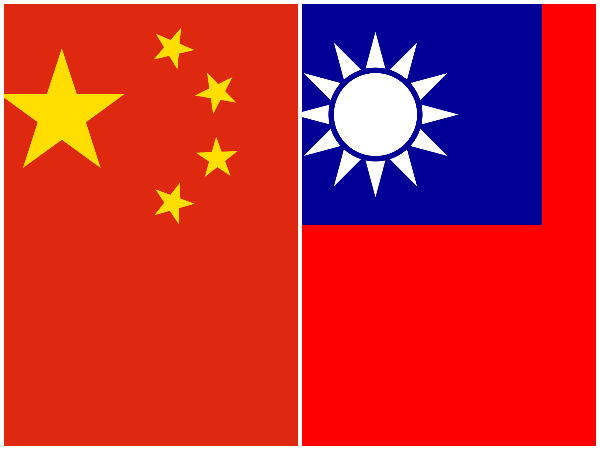
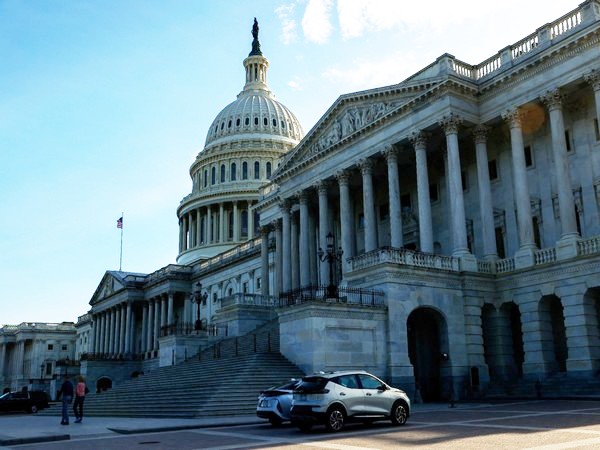

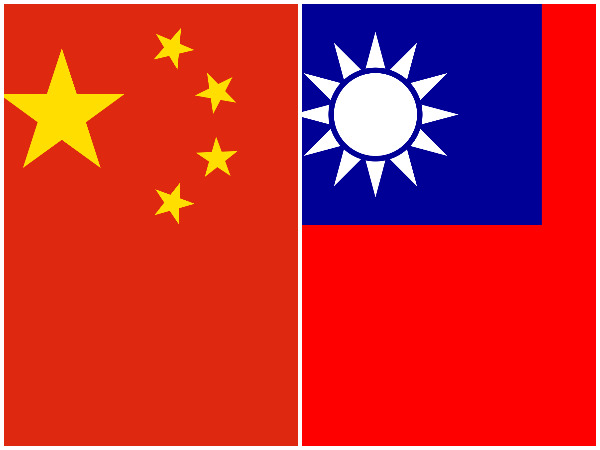


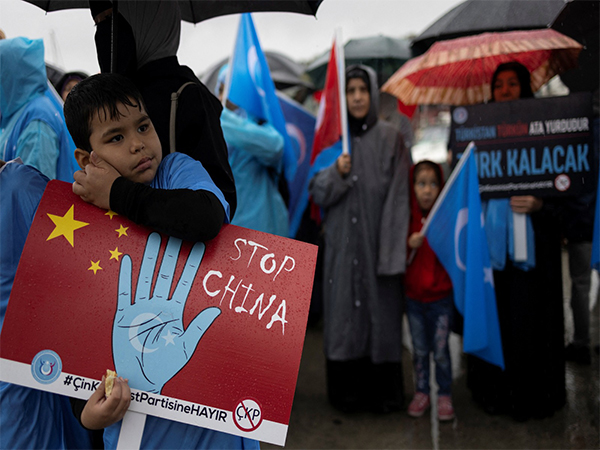
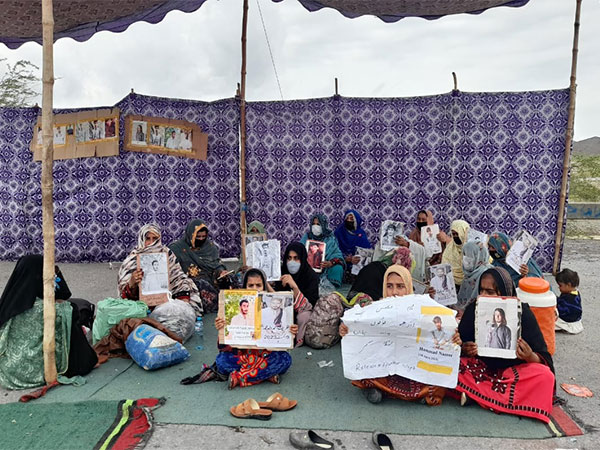






POST COMMENTS (14)
Madhu
Aradhana Tiwari
Ramakant Mishra
Capt Sushil Kumar Singh
DEEPAK KUMAR
Vijayakrishnan
KVSSASTRY
Ranendra Goswami
Shivam
Sanjay Patil
Milind Gade
G S RAMESH
Nitin A S
Sameep Kunja